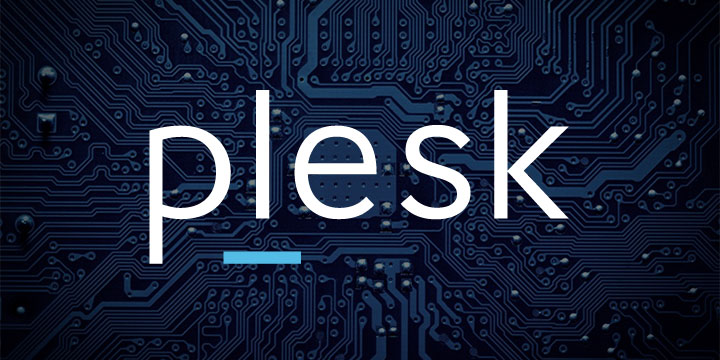Blockchain Technology: Revolutionizing Identity Verification, Privacy Protection, and Digital Rights Management

Blockchain technology, initially popularized by cryptocurrencies like Bitcoin, has the potential to revolutionize various industries beyond finance. One area where blockchain shows great promise is in identity verification, privacy protection, and digital rights management. This essay explores how blockchain can transform these domains by providing secure, decentralized, and transparent solutions that enhance trust, privacy, and control over personal data and digital assets.
1. Identity Verification:
Identity verification is a critical process in various sectors, including finance, healthcare, and government. Traditional methods of identity verification often involve centralized databases and cumbersome processes, leading to privacy concerns and security vulnerabilities. Blockchain technology offers a decentralized and secure alternative for identity verification.
a. Self-Sovereign Identity (SSI):
Blockchain enables the concept of self-sovereign identity, where individuals have full control over their personal information. With blockchain-based identity systems, individuals can store their identity information on a distributed ledger, encrypted and accessible only by their private keys. This empowers individuals to manage and share their identity data selectively, reducing the reliance on centralized authorities and minimizing the risk of identity theft.
b. Immutable Records:
Blockchain’s immutability ensures that identity records stored on the blockchain are tamper-proof. Once identity information is recorded on the blockchain, it becomes a permanent and verifiable record. This feature enhances the security and integrity of identity data, reducing the risk of fraudulent activities.
c. Cross-Organizational Verification:
Blockchain-based identity systems enable seamless verification across different organizations. Instead of relying on multiple entities to independently verify an individual’s identity, blockchain can serve as a trust layer, allowing organizations to securely access and validate identity information without the need for redundant verification processes. This streamlined approach improves efficiency while maintaining data privacy.
2. Privacy Protection:
Privacy concerns have become increasingly prominent in the digital age, with data breaches and unauthorized data usage being major challenges. Blockchain technology can address privacy concerns by providing enhanced control over personal data and enabling privacy-preserving transactions.
a. Data Ownership and Consent:
Blockchain allows individuals to retain ownership and control over their personal data. Through cryptographic techniques, individuals can grant selective access to their data, giving explicit consent for its use. This puts individuals in charge of their data and prevents unauthorized access or misuse by third parties.
b. Zero-Knowledge Proofs:
Zero-knowledge proofs (ZKPs) are cryptographic protocols that allow parties to prove the validity of a statement without revealing any underlying data. ZKPs enable privacy-preserving transactions and identity verification, as individuals can prove their identity or the validity of certain information without exposing sensitive data. This technology ensures privacy while maintaining trust and security.
c. Private Blockchain Networks:
Private blockchain networks can be used to create permissioned environments where data access and participation are controlled. These networks provide a higher level of privacy protection compared to public blockchains, making them suitable for applications that require confidentiality, such as healthcare or enterprise settings. Private blockchains maintain the benefits of blockchain technology while offering more control over data visibility.
3. Digital Rights Management:
Digital rights management (DRM) refers to the management and protection of digital assets, such as intellectual property, media content, and digital creations. Blockchain can revolutionize DRM by providing transparent and decentralized systems that enable secure ownership, licensing, and distribution of digital assets.
a. Authenticity and Ownership:
Blockchain technology can ensure the authenticity and provenance of digital assets by creating a transparent and immutable record of ownership. Artists, content creators, and digital asset owners can register their works on the blockchain, establishing a verifiable chain of custody and preventing unauthorized use or infringement.
b. Smart Contracts:
Smart contracts are self-executing contracts with predefined rules and conditions. Blockchain-based smart contracts can automate DRM processes, ensuring that digital assets are used in compliance with licensing agreements. Smart contracts enable transparent and tamper-proof transactions, royalties tracking, and automatic distribution of payments to content creators.
c. Micropayments and Tokenization:
Blockchain facilitates micropayments by enabling the fractional ownership and transfer of digital assets through tokens. Content creators can tokenize their digital assets, allowing users to make microtransactions for access to specific content or features. This tokenization model provides a more direct and efficient monetization method, benefiting both creators and consumers.
Blockchain technology holds immense potential for revolutionizing identity verification, privacy protection, and digital rights management. By leveraging the decentralized, transparent, and secure nature of blockchain, individuals can have greater control over their identities, personal data, and digital assets. Blockchain-based identity verification systems offer self-sovereign identity, reducing reliance on centralized authorities and enhancing privacy. Privacy protection is further strengthened through data ownership, consent mechanisms, zero-knowledge proofs, and private blockchain networks. In the realm of digital rights management, blockchain enables secure ownership, licensing, and distribution of digital assets through features like authenticity verification, smart contracts, and tokenization. As blockchain technology continues to evolve, it is crucial to address scalability, interoperability, and regulatory challenges to fully realize its potential in transforming identity verification, privacy protectionand digital rights management. By embracing blockchain technology, we can build a more secure, transparent, and user-centric digital ecosystem.




















